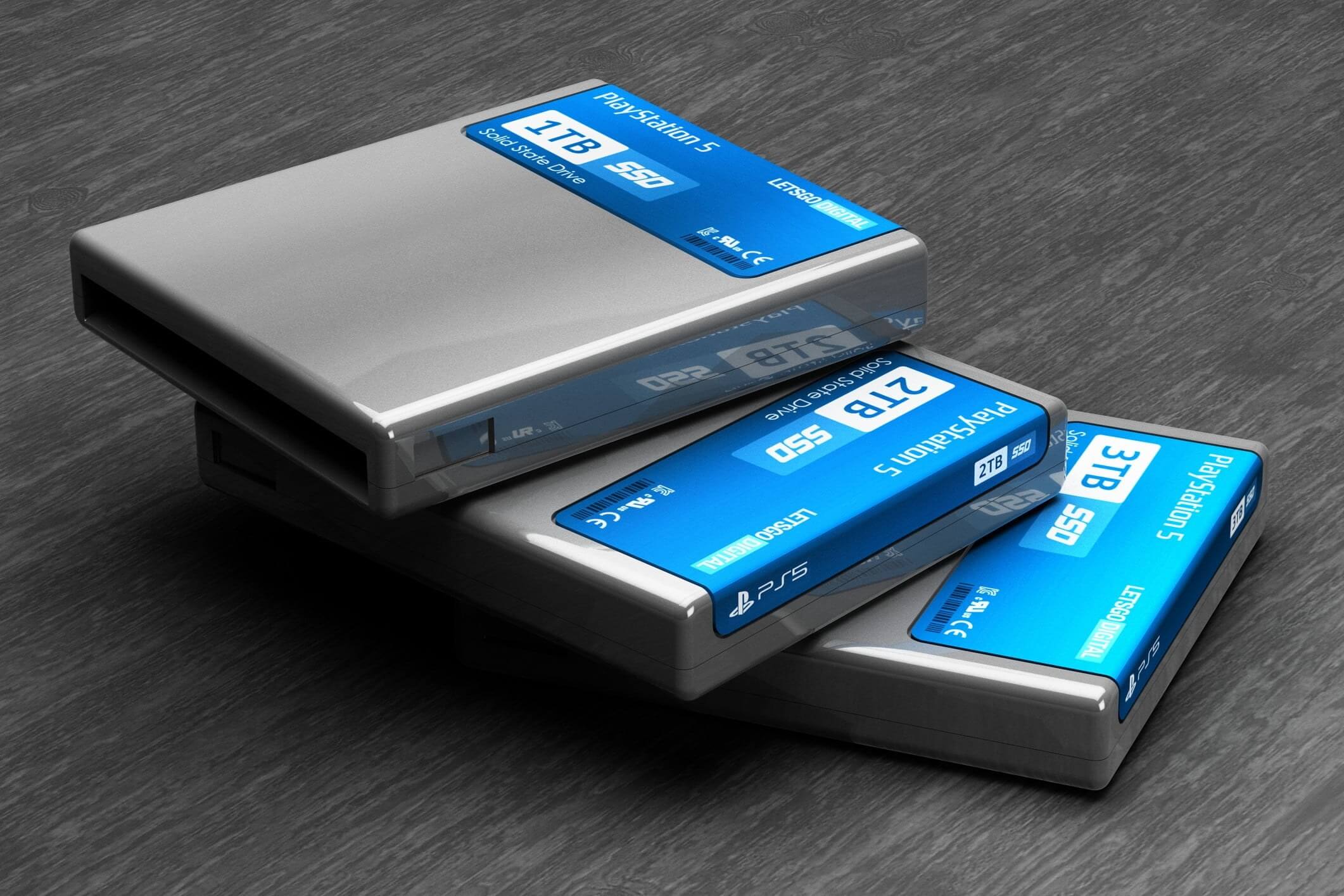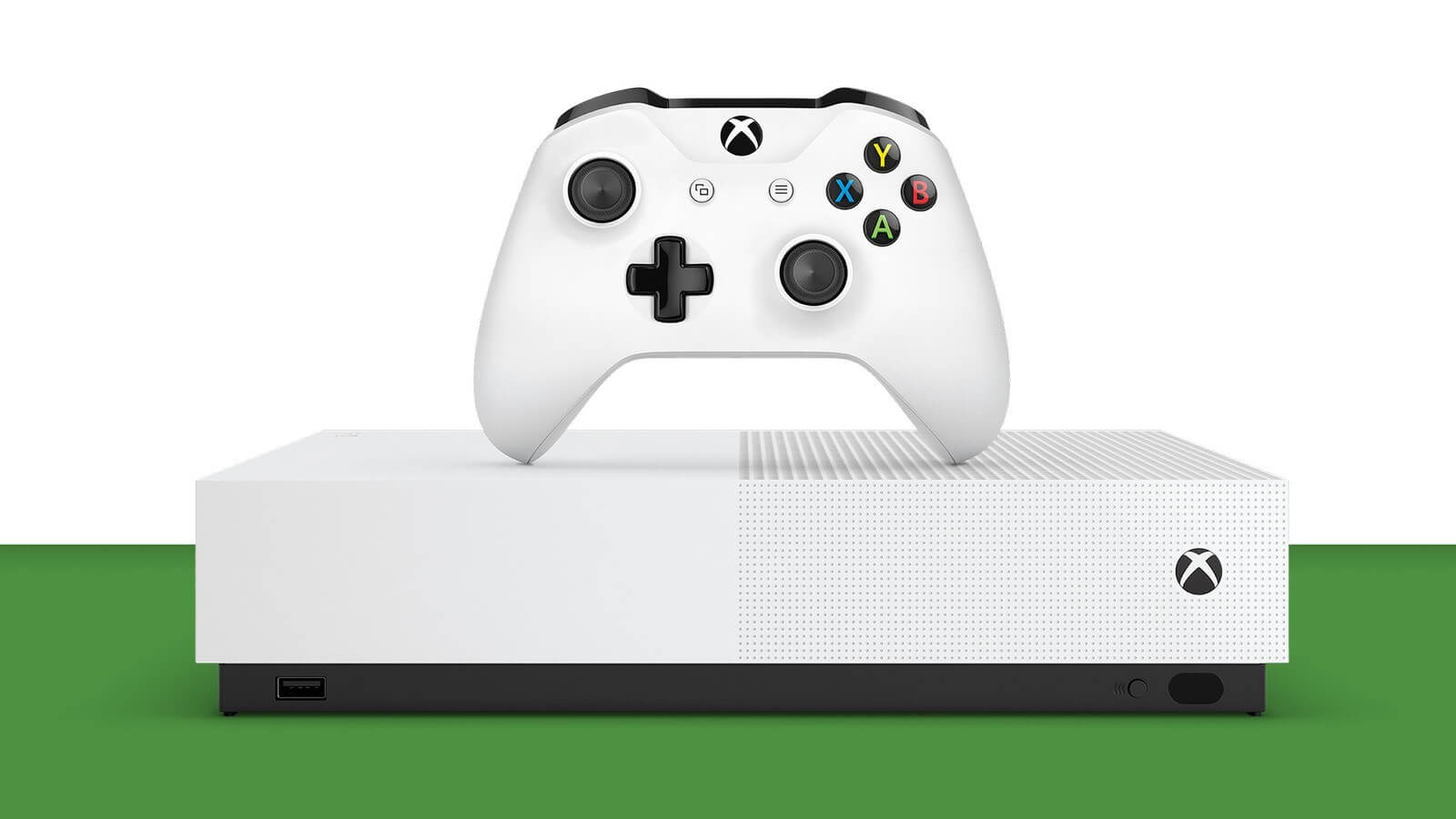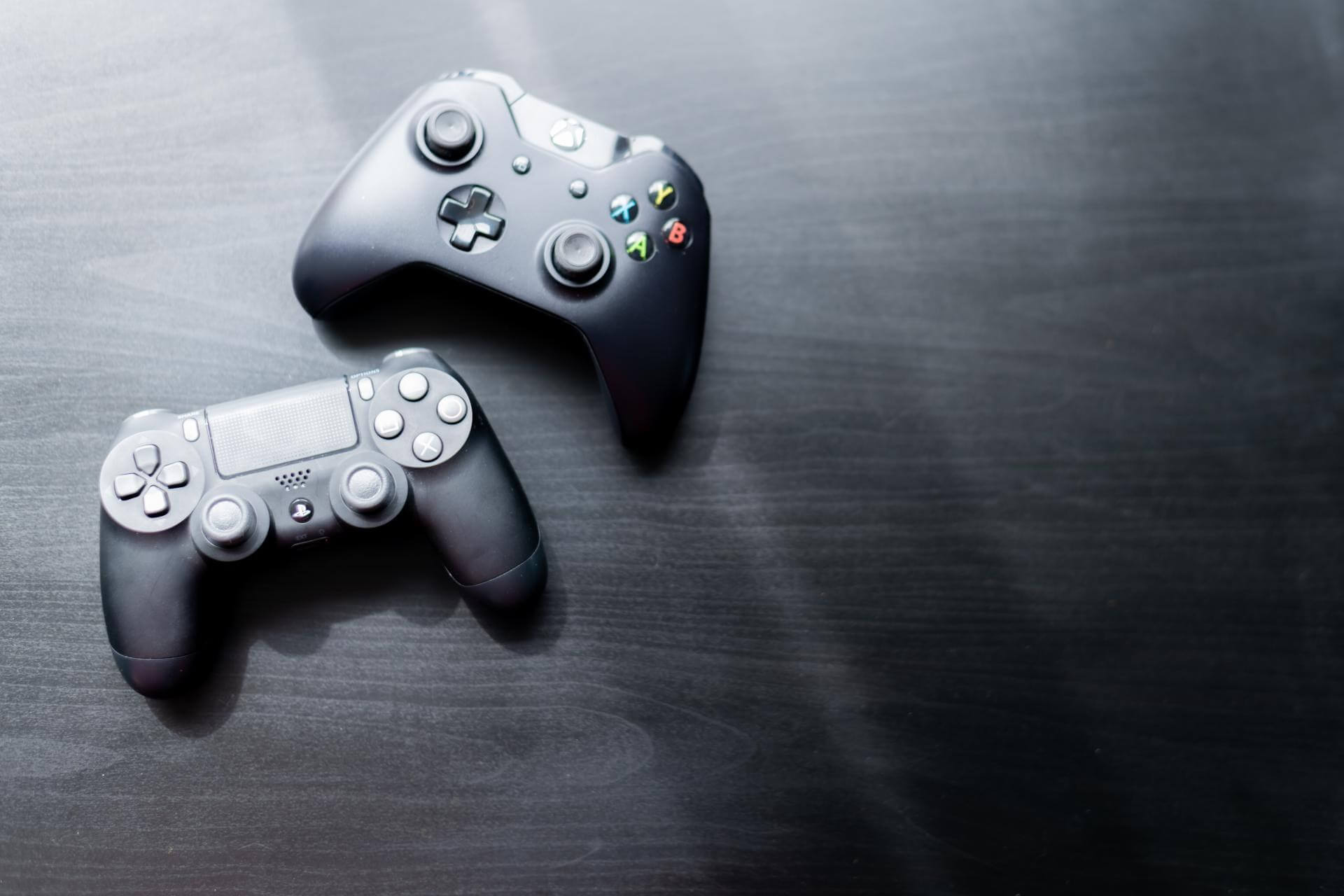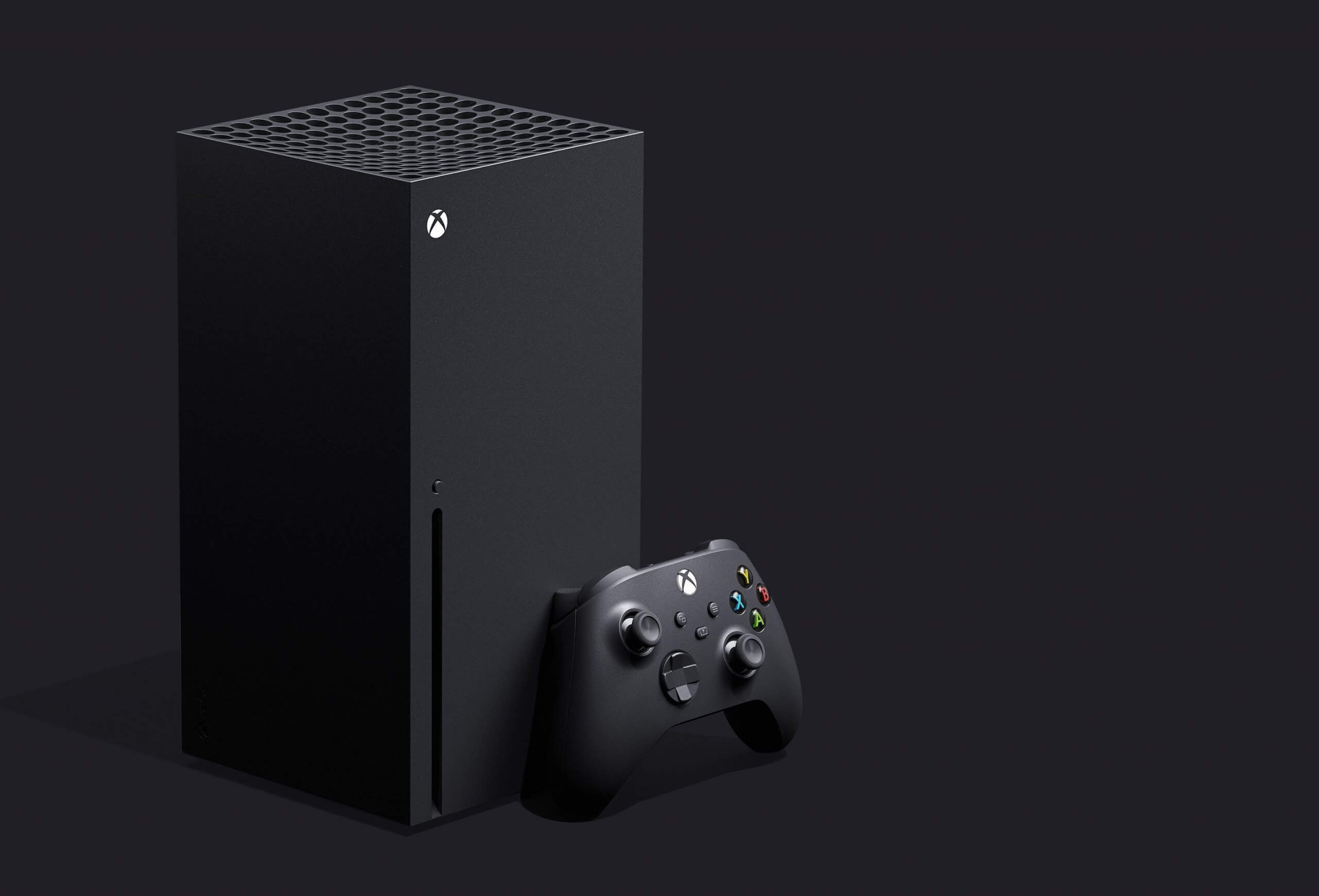Consoles have come a very long way since the arrival of first-generation machines from Atari and Coleco in the seventies. Even the original PlayStation (1994) and Xbox (2001) look dated compared to the 4K/HDR-capable machines of today, and that divide will grow even larger once the PlayStation 5 and Xbox Series X arrive at the end of 2020.
But what about the future?
More than once console makers have tried to break new ground, by focusing on functionality beyond gaming, but for the most part those attempts have failed. Nintendo has found the most success with specialized hardware that still focuses on games first, while Sony and Microsoft have seemingly understood that building powerful general purpose machines that are akin to PCs is their best and safest bet. Not unlike PCs, it's that fast hardware that has let them update their consoles accordingly to the times, adapting and adding features via software updates throughout the consoles' lifecycle.
So, how much more advanced will the next-next-gen consoles look next to the upcoming machines from Sony and Microsoft? In the second of our "Future of Tech" series, we predict what hardware the PS6 and Xbox series Z (placeholder names) might sport.
The processor: 3nm or smaller?
AMD is providing the computational and graphical power for both the PlayStation 5 and Xbox Series X. Sony and Microsoft have confirmed their consoles will feature a custom, eight-core CPU based on the 7nm Zen 2 architecture. The Xbox Series X promises performance four times that of the Xbox One X, so expect something similar from the PS5.
Looking to the future, the main question is whether console makers will stick with AMD or turn to Nvidia or Intel for their processors. Judging from recent history, Team Red will likely remain the manufacturer of choice when it comes to providing the hardware.
AMD is rumored to launch its Zen 4 consumer processors in 2021 or 2022 – it's said to be one of the first three companies locked in by TSMC for the manufacturer's 5nm process. And while AMD hasn't revealed any long-term roadmaps, TSMC has already started to focus on manufacturing 3nm process nodes and beyond – the Taiwan firm has started construction on its $19.5 billion fab that will manufacture 3nm chips, which are scheduled for mass production in 2023.
While there will doubtlessly be problems to overcome when going so small, expect the technology to appear in future PCs, mobile devices, and consoles, bringing with it high-efficiency performance and low power draw. With console generations lasting between five and eight years, 3nm could be the standard by the time the next generation of consoles arrive.
A dedicated discrete GPU, faster refresh rates as the norm
Xbox Series X and PS5 come with GPUs from the Radeon Navi family, with Sony's machine said to feature 36 compute units running at 2,000MHz, while its rival reportedly has 56 units at 1,700MHz. Despite technological advancements, many console games are still locked at 30 fps – something PC gamers won't stand for. With the next-gen machines, we're promised 120 fps at 4K, 8K support, ray tracing, and variable refresh rate (VRR).
While more TVs support 120 fps+ and VRR, these are still a relatively new addition to home televisions, and the number of 8K sets owned by consumers is minimal owing to their very high price and lack of content. The PS5 and Xbox Series X will likely encourage more people to invest in high-end TVs, but will everyone eventually follow?
4K televisions are only just becoming the standard in most countries. Technology moves fast, but it's hard to imagine that in, say, 10 years, 8K will be as popular as 4K TVs are today, yet tomorrow's consoles may offer 8K at refresh rates higher than 60 fps.
The machines may even support 16K – a resolution Sony already offers in its Crystal LED display system and is supported by DisplayPort 2.0 (at 60 fps). This will obviously require a monstrously powerful graphics processor and could even result in the first console to have a dedicated GPU.
Custom graphics options, PC-style
One of the biggest advantages PC gamers have always had over their console cousins is the slew of graphical options offered by games. Resolutions, textures, aspect ratios, effects, frame rate caps, they can all be altered in the majority of PC titles, but with the PS4 Pro and Xbox One X, it's usually a choice between 'Performance' or 'Quality.' That, however, could change.
Samsung has confirmed it is "pushing" Microsoft for the Xbox to support widescreen monitors, which are becoming increasingly popular among PC gamers. It might arrive as a feature of the Xbox Series X, but if not, expect it, and many other settings, to be part of the machine's successor, especially as Microsoft strives to make its consoles more like PCs.
The main reason for having graphics settings on PCs is because of the differences in each system, meaning those with beastly rigs can set everything to max, while potato-owners can drop things to Minecraft-style levels (without the ray tracing). So why include them in consoles? It could allow for much higher frame rates. Those who want 60 fps+ at 8K on the console of the future can lower the textures. Or maybe they'll be happy dropping to 4K@240 fps with full effects enabled. Whatever happens, more ample options are always a good thing.
Fast storage = Shorter loading times
Loading times have been one of the worst elements of modern consoles, but this year they'll feature a big upgrade to PCIe 4.0 solid-state drives. It's difficult to predict what the future will hold in this area, but we can at least expect to see capacity and speeds improve over the coming years as hardware costs drop.
As we wrote in our Future of Tech: The Desktop PC feature, it's also possible that the consoles of the future may rely on the cloud for their storage needs – the machines do often follow in the footsteps of their PC counterparts, after all.
As multi-gigabit internet plans start to become the norm, we might see the next-next-gen consoles storing most of their content in the cloud, while featuring smaller capacity but super-fast local storage. They could even use universal storage such as UltraRAM, which combines the best aspects of flash storage and DRAM into one.
Virtual reality accessories. Sony: Yes. Microsoft: Who knows.
Virtual reality has been a relative success on Sony's current console, thanks to its popular PSVR, and that commitment will continue with the PS5 where a PSVR 2 release is expected. Conversely, Microsoft has said VR won't be a focus for the Xbox Series X – Phil Spencer, the software giant's VP of Gaming believes "nobody is asking for virtual reality."
After some stagnation, VR headsets have improved drastically in recent times, with cutting-edge units such as the Valve Index, Oculus Rift S, and HTC Vive Cosmos. We can expect to see the technology to keep improving with per-eye resolutions of 4K and above, 165Hz+ refresh rates, and better controllers that offer more interaction. But the most compelling feature will be for these headsets to connect to a console wirelessly – a technical challenge, but it could be a game-changer for the industry. It's rumored that the PSVR 2 will have this ability, but we'll have to wait and see.
Whether Microsoft does finally embrace VR on its consoles remains to be seen – it could all depend on whether headsets experience a surge in popularity and some must-have games are made. But one thing's for certain: the prospect of ultra-immersive VR gaming is certainly something to look forward to.
Will there still be physical copies of games?
It's long been said that physical games will disappear completely, replaced with their digital versions. It's almost happened on the PC, so shouldn't consoles go down the same path in a few years?
Microsoft has tried this already with the disc-less Xbox One S All-Digital Edition (above), which omits the standard 4K Blu-ray drive, relying on digital downloads only. While it's $50 cheaper than a regular Xbox One S, it hasn't set the world on fire. Many believe its price should be lower, especially as it removes the option of buying cheaper, second-hand games from stores.
While not everyone is a fan of disc-free consoles, it's appears to be the direction the industry is going. Games-on-demand subscription services such as the Xbox Game Pass and PlayStation Now are gaining popularity, companies are pouring millions into their streaming services, and more console owners are purchasing games digitally rather than going out and buying a physical copy. The same thing is happening with digital TV shows and movies, which are eroding the DVD and Blu-ray market rapidly.
In 2018, a few analysts predicted that all games would be digital by 2022. Both the PS5 and Xbox Series X will ship with disc drives though, so that's not going to happen, but it's not unrealistic to think that discs and cartridges will have gone the way of the VHS tape by the time 2030 rolls around. If they are still with us, perhaps an 8K disk drive will have become the standard for consoles.
Controllers & add-ons: Bring back the lightguns!
Nintendo has been the major driver of innovation here for the past couple of generations, but in the case of Sony and Microsoft's console controllers, other than some minor changes and a few extra bells and whistles, they are not very different from their predecessors – and we'll likely find the same thing in the PS5 and Xbox Series X.
A drastic design change for future consoles is unlikely. We can expect to see certain improvements such as better connections, improved battery life, and a few new features, but they'll still be recognizable as a PlayStation/Xbox controller.
What we'll probably get, however, are some new accessories. Remember when Guitar Hero ruled the world before the genre faded away? Advancing technology will mean new, innovative products of the same ilk. How about full bodysuit controllers that work in conjunction with VR?
A gaming chair that can simulate G-Force (like a more practical version of this)? And, it might not be innovative, but we'd like to see the return of lightguns – imagine how technically advanced they could be, while sitting in front of today's inexpensive 70-plus-inch TVs. And yet, many console owners would probably settle for better mouse and keyboard support.
Design and looks
The design of consoles tends to be influenced by their hardware. We know the Xbox Series X looks like a small form factor PC, but we've only seen the PS5's alleged dev kit, and those often differ vastly from the final product.
The Xbox Series X's size is almost double the volume of the Xbox One X, and it's said to pack the largest console processor ever made at around 405mm, which is about 11 percent larger than the one found in the Xbox One X. Microsoft's upcoming console is hefty, but high-end hardware needs high-end cooling – the company doesn't want another Red Ring of Death horror show.
Historically, consoles had been considered smaller and more discreet than PCs, but with increasingly small form-factor computers packing the likes of RTX 2080 Ti cards, that's no longer the case. So, will future consoles get even bigger?
With Microsoft's years-long quest to close the gap between console and PC, it's likely that a future version of the Xbox will be slightly larger, especially if – as mentioned in the previous section – a dedicated discrete GPU is finally introduced. We could, however, see Microsoft repeat what it did with the Xbox One and introduce later iterations that are smaller (Xbox One S/Xbox One X).
Future PlayStation designs are harder to predict, especially if the PS5 dev kit does bear any resemblance to the console's final design. Barring the original PlayStation, the console has always maintained a similar rectangular shape. It's likely that Sony will keep with that style rather than going the PC-esque route; if the PlayStation 5 logo is anything to go by, the company's not one for major design changes.
Additionally, Sony has released "slim" versions of its consoles since the PS2, so don't be surprised to see that trend continue.
Game streaming... the future?
Most game streaming services are in their infancy, which means we're still seeing plenty of teething problems, but we can expect the industry to grow and improve as internet speeds and the technology powering the likes of Google Stadia improve.
But will consoles go the same way? A few years back there were rumors that part of Microsoft's next-gen Xbox lineup would include a streaming-only version of the console, one that was less powerful but a lot cheaper than the Xbox Series X. Phil Spencer put those rumors to rest in 2019, but perhaps there will be a streaming-only option offered alongside a future machine – assuming the game streaming industry doesn't collapse.
It's certainly interesting to think how streaming will influence machines of the future. In our PC feature, we predicted the rise of a desktop PC as a dumb machine with limited capabilities, the heavy processing work being carried out in the cloud and streamed back to the machine – which could mean cheap PCs that perform better than what we have today.
Ubisoft CEO Yves Guillemot in 2018 said that within the next ten years, game streaming would replace all platforms, eliminating the need for distinct gaming hardware. That does seem highly unlikely, and right now developers are focusing much more on next-gen consoles than streaming services, but then many people thought video streaming wouldn't kill off much of the physical media market – and look what happened there.









